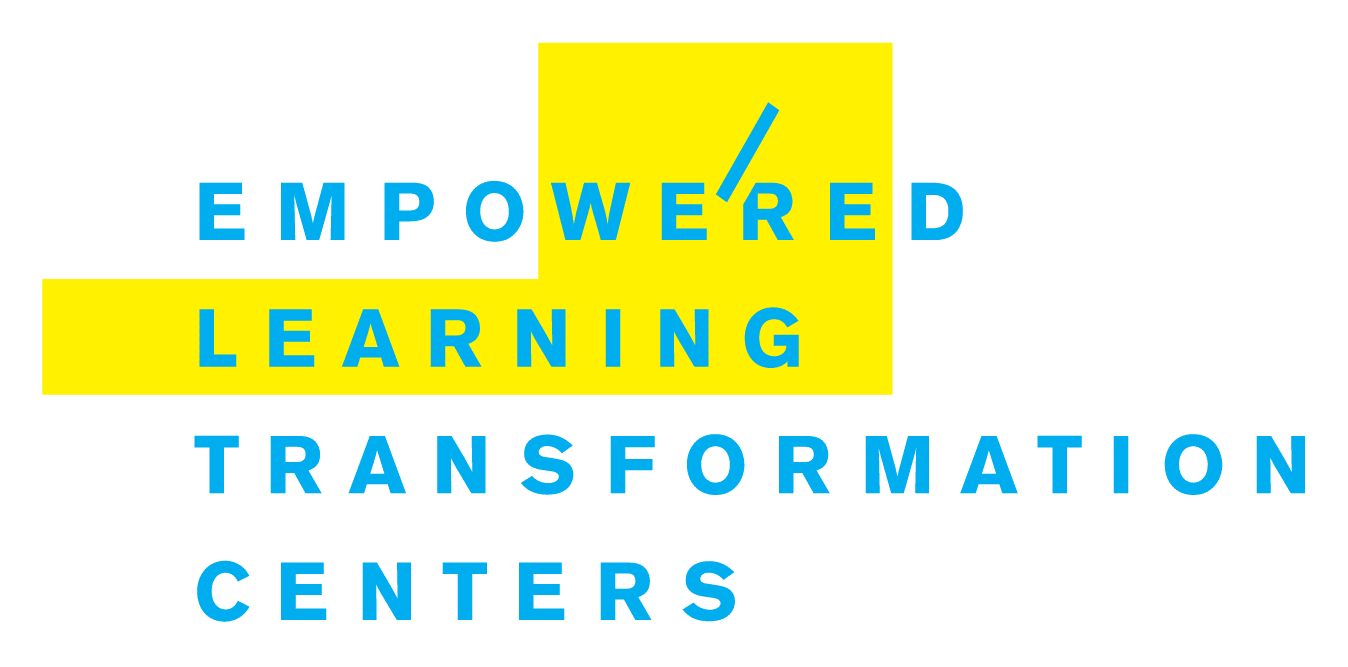Riddle and Dr. Reutter used a brain wave measurement tool, Neurolex℠ QEEG (quantitative electroencephalogram), in combination with their own professional assessments to perform an in-depth and accurate evaluation of John. Neurolex℠ is the first FDA-approved, objective, non-invasive, physiological diagnostic tool for assessing ADHD quickly and accurately – with a reliability of 96%.
It was found that John did not suffer from ADHD. In fact, John’s actual disorder was a condition known as Postural Orthostatic Tachycardia Syndrome (POTS), which caused John to experience high levels of stress and underdeveloped sensory motor and visual processing skills. Today John is an independent learner without the need for medication thanks to the Empowered Learning Transformation program.
“We have expertly diagnosed more than 5,000 children and adults with our 60-minute assessment, and have helped more than 1000 children transition off medication. The biggest problem I see facing kids and parents today is misdiagnosing a disorder, even more so than not diagnosing it,” said Mr. Riddle. “Too many kids are mislabeled and poorly diagnosed, ending up in a cycle that leaves them untreated or improperly medicated, helpless, unable to perform and stigmatized. There’s hope for families that are looking for a measurable, effective approach that doesn’t involve medication and enables kids to learn, focus and function at their best in school, socially, athletically and in later years, professionally.”
Research and developments in neurology over the last 30 years showing the brain is not static but can be rewired (neuroplasticity) has validated the ELTC approach to effectively “rewiring” the brain by increasing and strengthening the neural pathways that affect an individual’s ability to learn.
Most students experience learning losses over the summer as they are rarely engaged with educational activities. Every fall, this results in lost instruction time because of the need to reteach several skills and/or topics. ELTC’s programs, available year-round, are complementary to classroom instruction and keep students engaged.

